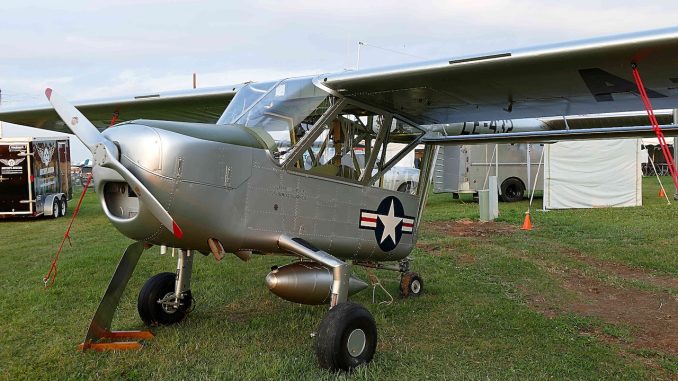
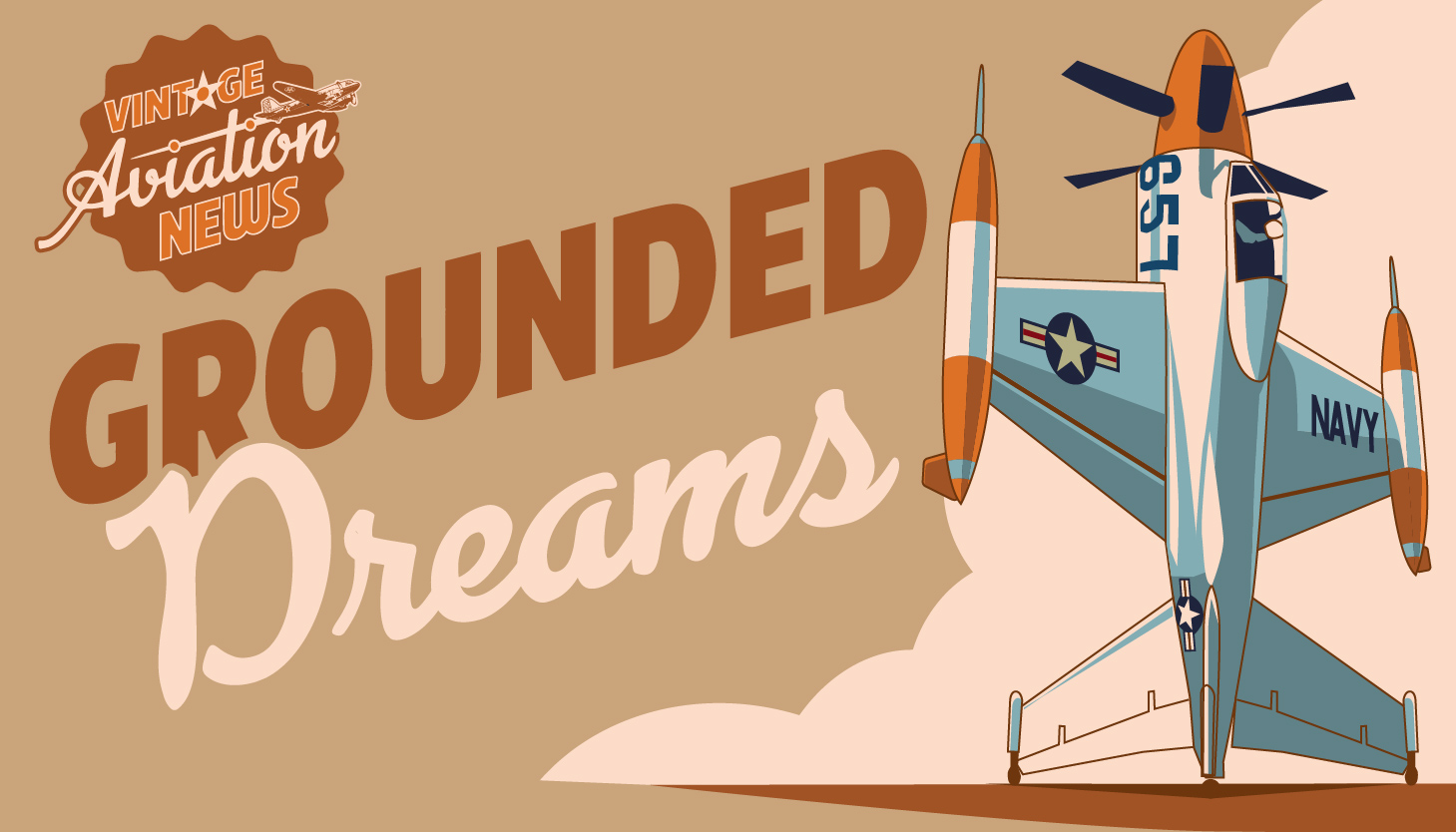
The Boeing YL-15 is one of the earliest examples of a Short Takeoff and Landing (STOL) aircraft. Developed in the post-World War II era, it stands out for its unique build and ahead-of-its-time technology. The conventional aircraft during World War II were not always equipped to handle the short, rough airstrips often encountered in battlefield settings. This became the primary inspiration behind the YL-15’s development and a response to lessons learned during the war. The U.S. Army needed to design a reliable and specialized aircraft that could operate efficiently in challenging environments. This involved difficult terrains and short runways, particularly for battlefield observation, communication, and medical evacuations. As the development of STOL aircraft became a top priority, Boeing stepped up already being a leader in aviation innovation. They took up the challenge with the YL-15, and the goal was to create a light, highly maneuverable aircraft that could operate in tight spaces while still performing reconnaissance, medevac, and communication missions.
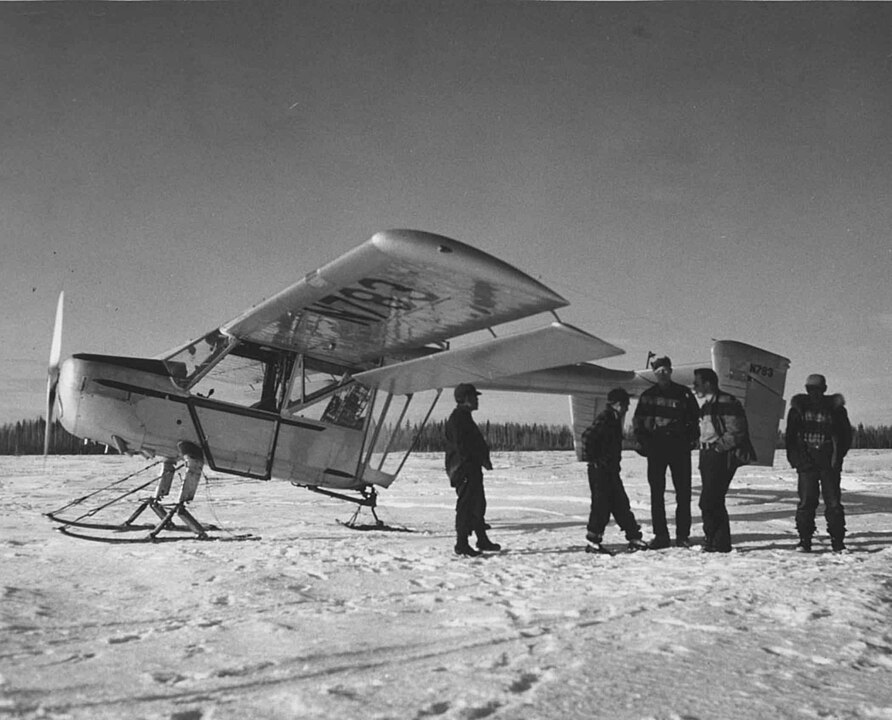
A Versatile Design
Boeing crafted the YL-15 with a particular emphasis on lightweight materials and an advanced high-lift wing design that optimized the aircraft’s STOL performance. The inclusion of large flaps and slats significantly reduced its stall speed, making it capable of taking off and landing in incredibly short distances. This feature alone made the YL-15 an exceptional aircraft for its time, ideal for battlefield operations. One of the standout design elements was the bubble canopy and side windows, which provided unparalleled visibility for pilots and passengers. This feature was critical to the aircraft’s role in military surveillance and rescue missions, like medical evacuations, where spotting enemy positions or wounded personnel was essential. Additionally, the YL-15 was equipped with oversized tires and a robust undercarriage, allowing it to handle the rough terrain that was expected in its operational environment. After the successful manufacturing of the aircraft, the YL-15 took to the skies for its first flight in July 1947 at Boeing Field in Seattle. Flown by a Boeing test pilot, the aircraft performed impressively, validating its design features, particularly its STOL capabilities. Despite the successful tests and promising performance, the aircraft’s journey was short-lived due to shifting military priorities.
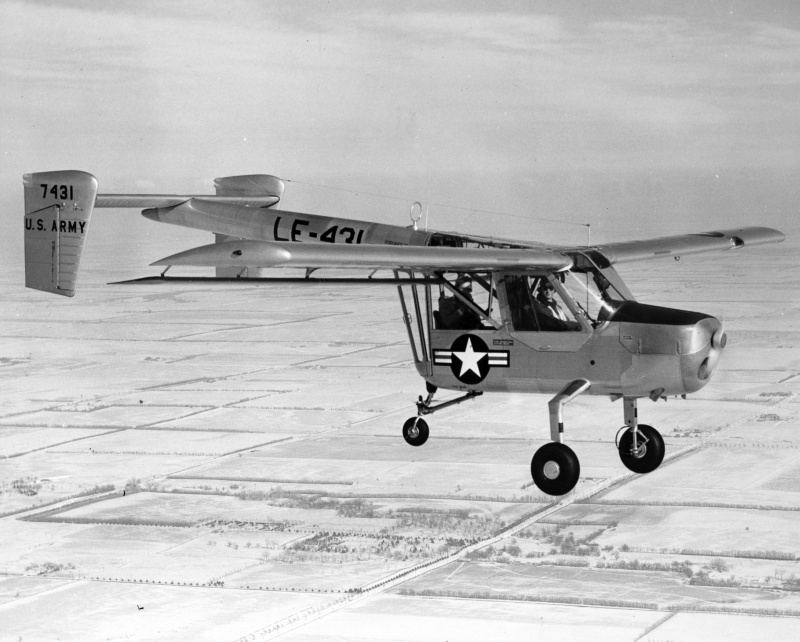
Milestones and Operational History
The YL-15 completed its test flights successfully in 1947, and 12 prototypes were delivered to the U.S. Army for evaluation. Unfortunately, despite its excellent performance, the YL-15 never went into large-scale production. By the time the aircraft was ready, the U.S. military’s needs had shifted, and the STOL aircraft concept, although still valuable, was not as high a priority. However, the technical specifications of the YL-15 still emphasize its utility as a specialized aircraft. The forte of the aircraft was its remarkable STOL performance, which had a takeoff distance of just 95 feet and a landing distance of 120 feet. The aircraft was equipped with a Lycoming O-290-7 engine that generated 125 horsepower. The structural specification of the aircraft might have made it look small, but it was still an efficient machine. The YL-15 had a wingspan of 35 feet, a length of 22 feet, and an empty weight of 1,165 pounds. It showcased a top speed of 96 mph and a range of 240 miles, making it ideal for the short-range and high-demand missions it was designed for.
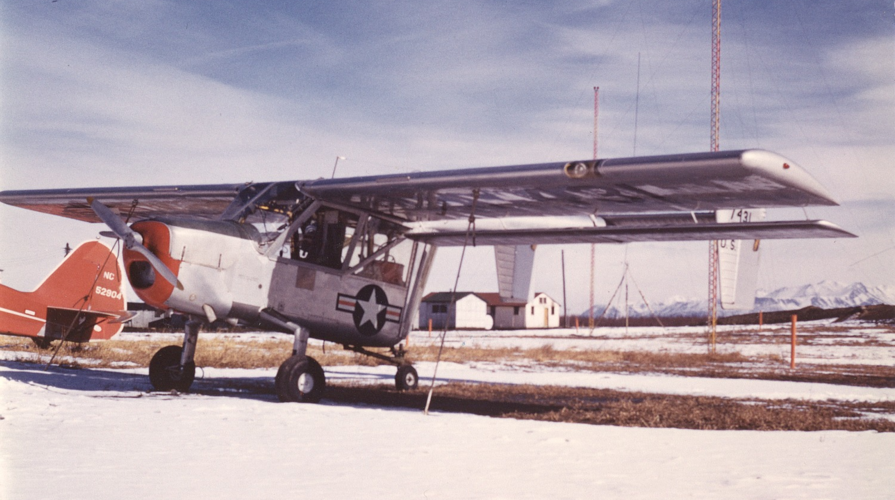
This would be a “Full Stop”
As the U.S. Army opted for other designs like the Cessna O-1 Bird Dog, the YL-15 was officially retired from active service. The few prototypes that did go into production faded out as STOL technology continued to evolve and military priorities changed in the post-war era. The YL-15 never achieved the widespread success Boeing had hoped for, but its technological advancements, particularly in STOL design, remained invaluable for future aircraft development. Despite the YL-15 never entering full production, several prototypes still exist in museums and private collections. One of the more famous surviving examples can be found on display at Boeing Field in Seattle, where it serves as a testament to Boeing’s early innovations in specialized, small-scale aircraft. Another is housed at the National Air and Space Museum, preserved as a significant piece of aviation history, representing the advances in STOL technology and the aircraft’s role in military aviation development. The YL-15’s legacy lives on through the few remaining prototypes and the influence it had on the next generation of observation and liaison aircraft. In many ways, it was ahead of its time, an aircraft built to meet the rigorous demands of warfare, yet perhaps out of place in a world where those needs were rapidly changing.
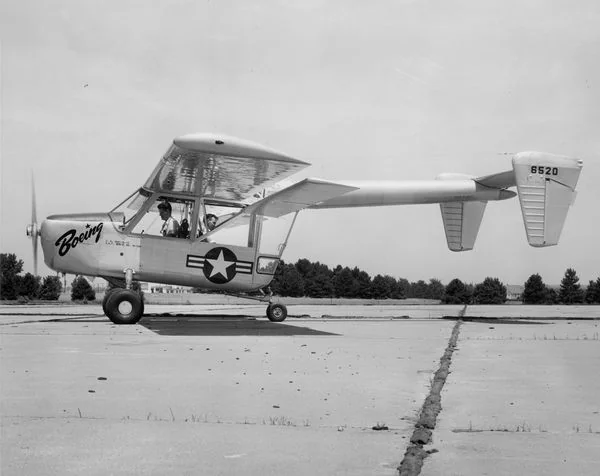
Throughout aviation history, countless aircraft designs have sparked the imagination of engineers, pilots, and aviation enthusiasts. Many of these innovative concepts, however, never made it past the drawing board or prototype stage. “Grounded Dreams: The Story of Canceled Aircraft” delves into the fascinating world of these ambitious projects that, for various reasons, were never fully realized. From groundbreaking technological advancements to strategic missteps, this exploration uncovers the stories behind the aircraft that promised to revolutionize the skies but were ultimately grounded before they could take flight. Join us as we journey through the highs and lows of aviation history, spotlighting the aircraft that could have changed the course of aeronautical progress had their dreams not been deferred. Check our previous entries HERE.
Related Articles
"Haritima Maurya, pen name, ""Another Stardust,"" has been passionate about writing since her school days and later began sharing her work online in 2019. She was drawn to writing because of her love for reading, being starstruck by the art of expression and how someone can make you see and feel things exclusive to their experience. She wanted to be able to do that herself and share her mind with world cause she believes while we co exist in this beautiful world least we can do is share our little worlds within.
As a commercial pilot, Haritima balances her passion for aviation with her love for storytelling. She believes that, much like flying, writing offers a perspective beyond the ordinary, offering a bridge between individual experiences and collective understanding.
Through her work, ""Another Stardust"" aims to capture the nuances of life, giving voice to moments that resonate universally. "


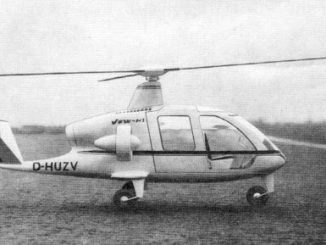
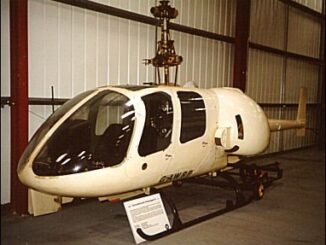
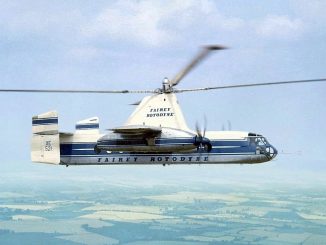



The YL-15 doesn’t have a bubble canopy, instead it has a glazed pod style fuselage.